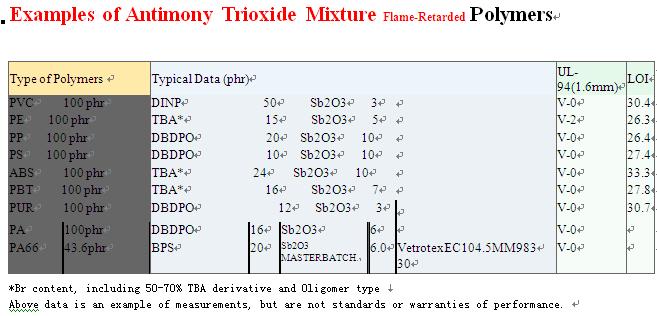West Perth-based miner Straits Resources Ltd has reported a $39.6 million net profit, down 21 per cent from the record levels achieved in 2005, with earnings impacted by higher operating costs at the company's copper and gold operations.
倒霉熊backkom爬冰山,完整版
The full text of a company announcement is pasted below:
In the Company's Preliminary Final annual report, Straits Resources Ltd reported a net profit after tax of $39.6 million for the year to 31 December 2006 (2005 A$50 million). Gross profit for 2006 is $107.3 million, up 15 percent on the $92.9 million earned in 2005.
Sales revenue from mining activities was a record $452.2 million, up 86 percent on the 2005 result ($243.3 million), on the back of strong commodity prices and full-year contributions from the company's coal, copper and gold operations. The metals distribution business contributed a further $504.8 million for the two months since acquisition.
Straits Chief Executive Officer, Mr Milan Jerkovic, said, "The financial result is representative of a strong performance by the coal operation, steady performance by the copper mines and weak performance by the gold mine, in hand with higher operating costs at most operations.
"Whilst we are disappointed at not surpassing last year's record financial result, we have resolved several issues impacting our performance, and are well positioned to achieve significant earnings growth going forward.
"Of note, several significant events occurred in the past year, including the full takeover of copper producer Tritton Resources Limited, the successful spin-off listing of Straits Asia Resources Limited in Singapore, and the acquisition of international metals distribution business, Varomet. The year was capped off by Straits being admitted within the S&P ASX 200 index in December."
An unfranked final dividend of 5 cents per share has been declared, taking total dividends for the year to 10 cents per share, an increase of 43 percent on the total dividends of 7 cents per share declared in 2005.
Whilst strong revenues were generated throughout the year, net earnings were adversely impacted by higher operating costs at the company's copper and gold operations.
The Tritton copper mine remained under significant pressure during the year with substantially all production hedged at prices well beneath current market prices with a hedge price of around US$1.00/lb. This pressure was exacerbated by Tritton's previous offtake agreement with Sempra Metals which provides that the higher the market price of copper the higher the treatment and refining charges paid by Tritton.
Tritton's position will be alleviated moving forward, with the hedge book substantially reduced from June 2007 and the revised offtake agreement with Sempra Metals establishing a framework for Tritton to increase copper production and sell this material into prevailing market treatment and refining charges.
Sebuku coal operations going from strength to strength
The Sebuku coal mine in Indonesia achieved record annual production of 3.5 Mt in 2006. An ongoing exploration program has also proved successful, with the total coal resource trebled to 103 Mt over the course of 2006. Following the increased coal resource, Straits has commenced engineering and feasibility work aimed at increasing the production capacity at Sebuku to 6 Mtpa.
"Given the global supply shortages of thermal coal at this time, and low operating costs at Sebuku, we anticipate the mine to generate very strong cashflows in 2007," Mr Jerkovic added.
Copper and gold production to increase in 2007
Production at the Whim Creek mine in WA was 14,800 tonnes of copper cathode for the year, up 69 percent from 8,746 tonnes in 2005. Second half production was impacted by metallurgical issues at the electrowinning plant, which have now been resolved.
Profitability is expected to improve in 2007 as production further increases and more favourable hedging contracts kick in.
At the Tritton operations in NSW, production of 23,088 tonnes of copper in concentrate was achieved for the year, up 20 percent from the 2005 result, and at average cash costs of US$0.86/lb.
Straits recently reached an agreement with Sempra Metals for a revised offtake agreement at Tritton. The revised agreement provides increased exposure to current high copper prices, and paves the way for an expansion at Tritton of up to 45,000 tpa.
Production at the Mt Muro gold mine in Indonesia exceeded 50,000 gold equivalent ounces in 2006 (2005, 13,000 Au equivalent oz) at an average cost of $596 per ounce gold equivalent. Production is expected to increase in 2007, with a significant reduction in operating costs.
Positive outlook in 2007
"Straits will continue to benefit from the strong commodity markets in 2007 and beyond. We expect increased production at each of our operating mines and a greater contribution from the metals distribution business all of which will drive future earnings growth. In addition, Straits will soon incorporate production from our fifth mine, the Hillgrove antimony, gold and tungsten mine in NSW.
"With a number of active development projects in the wings including the sulphide expansion at Whim Creek (including Salt Creek) and Yannarie Solar as well as an extensive portfolio of attractive exploration targets, Straits has a secure platform from which to ensure long-term growth," Mr Jerkovic added.
...
read more
消息來源











